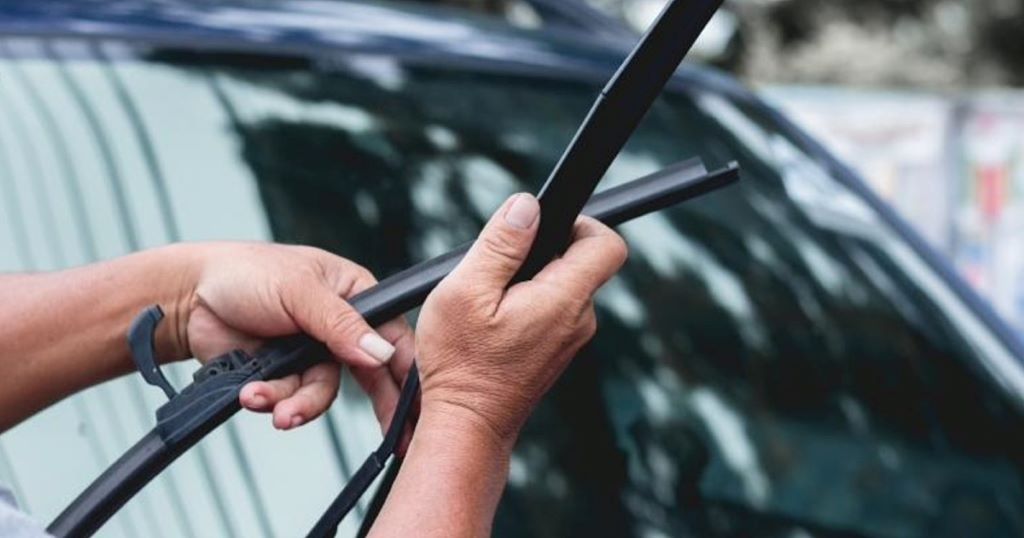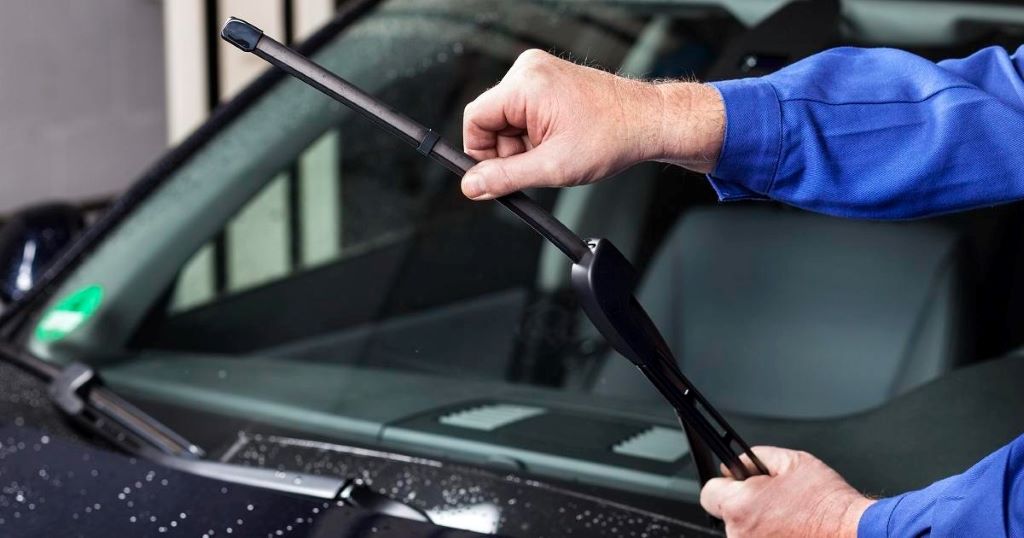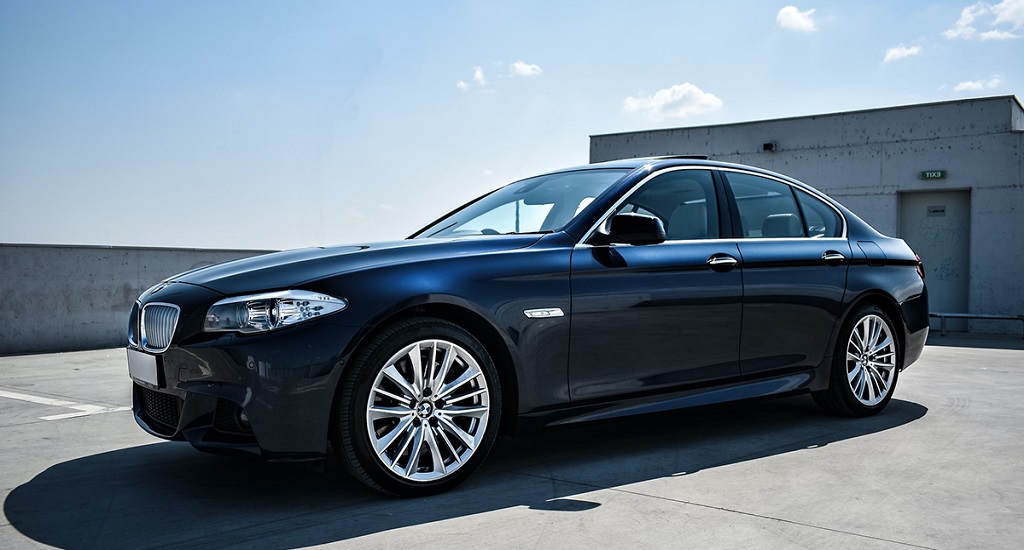Maintaining your vehicle doesn’t always require expensive trips to the mechanic. Simple maintenance tasks can save you money and build confidence under the hood. Automotive Smart Solutions understands that every driver benefits from learning straightforward repairs that keep their car running smoothly.
Replacing wiper blades stands out as the perfect starting point for novice mechanics. This repair requires no special tools, takes less than ten minutes, and costs under twenty dollars. Moreover, developing basic car repair skills everyone should know begins with mastering simple tasks like this one.
Clear visibility during rain, snow, or dust storms depends entirely on properly functioning wiper blades. However, many drivers ignore streaky windshields until visibility becomes dangerously compromised. Learning this essential skill ensures your safety while building mechanical confidence.
Why Wiper Blade Replacement Matters
Wiper blades deteriorate gradually, making the decline easy to overlook. Rubber compounds break down from sun exposure, temperature changes, and regular use. Additionally, road debris and ice can crack or tear the rubber edges.
Poor wiper performance creates several safety hazards. Streaky windshields reduce visibility during crucial moments. Furthermore, damaged blades can scratch your windshield, leading to expensive glass replacement. Therefore, regular blade replacement prevents both safety risks and costly repairs.
Most automotive experts recommend replacing wiper blades every six to twelve months. However, harsh climates may require more frequent changes. Additionally, drivers in dusty areas or those who park outdoors should inspect blades more regularly.
Signs Your Wiper Blades Need Replacement
Recognizing worn wiper blades prevents safety issues before they become critical. Several obvious signs indicate replacement time has arrived.
Streaking represents the most common warning sign. Clean windshields should show no water streaks after wiping. Additionally, chattering or skipping motions indicate worn rubber that no longer maintains proper contact with glass.
Visible damage also signals immediate replacement needs. Cracked rubber, missing pieces, or bent frames all compromise performance. Moreover, blades that leave unwiped areas create dangerous blind spots during storms.
Split or hardened rubber cannot conform to windshield curves. This problem worsens in cold weather when rubber becomes brittle. Furthermore, metal frames that show rust or corrosion should prompt immediate replacement.
Tools and Materials You’ll Need
Wiper blade replacement requires minimal equipment, making it accessible to every driver. Most tasks need only your hands and the new blades themselves.
New wiper blades represent your primary purchase. However, choosing the correct size requires checking your owner’s manual or measuring existing blades. Additionally, many auto parts stores offer fitting guides to ensure proper selection.
A clean cloth helps remove debris from the windshield and wiper arms. Some drivers prefer having gloves available for better grip. Moreover, having a friend nearby can provide helpful assistance during your first replacement.
No specialized tools are necessary for most vehicles. However, some luxury cars may require specific adapters or tools. Therefore, consulting your owner’s manual before starting ensures you have everything needed.
Step-by-Step Replacement Process
Replacing wiper blades follows a straightforward process that most drivers master quickly. Each step builds toward successful completion without complications.
Start by lifting the wiper arm away from the windshield. Most arms lock in an upright position, preventing them from falling back. Additionally, this position provides better access to the blade attachment point.
Locate the connection point where the blade meets the wiper arm. Most modern vehicles use a hook, pin, or clip system. However, older cars might have different attachment methods requiring careful examination.
Remove the old blade by pressing the release mechanism and sliding the blade away from the arm. Some systems require pushing a tab while others need gentle twisting motions. Moreover, noting the removal process helps with installation of the replacement.
Install the new blade by reversing the removal process. Align the blade with the wiper arm and push until you hear a click. Additionally, gently tug the blade to ensure secure attachment before lowering the arm.

Common Mistakes to Avoid
Several common errors can complicate this simple repair or damage your vehicle. Understanding these pitfalls ensures successful completion on your first attempt.
Forcing connections represents the most frequent mistake. Different vehicles use various attachment systems, and excessive force can break clips or damage arms. Therefore, examining the connection carefully prevents unnecessary complications.
Installing blades upside down or backwards creates poor performance and potential damage. Each blade has a specific orientation for optimal contact with the windshield. Additionally, asymmetrical designs only fit correctly in one direction.
Allowing wiper arms to snap back against bare windshields can cause cracks or chips. Always ensure blades are properly attached before lowering arms. Moreover, moving slowly prevents accidental glass damage during installation.
Purchasing incorrect sizes leads to poor performance and potential safety issues. Blades that are too short leave unwiped areas, while oversized blades may overlap or hit the windshield frame. Furthermore, checking measurements twice prevents costly mistakes.
Choosing the Right Replacement Blades
Selecting appropriate wiper blades affects both performance and longevity. Several factors influence the best choice for your specific vehicle and driving conditions.
Size represents the most critical consideration. Driver and passenger side blades often require different lengths. Additionally, some vehicles use three blades, including a rear windshield wiper requiring separate measurement.
Blade construction varies significantly between manufacturers and price points. Traditional bracket-style blades offer reliable performance at lower costs. However, beam blades provide superior contact and longer life but cost more initially.
Climate considerations influence blade selection for optimal performance. Drivers in snowy regions benefit from winter blades with protective covers. Meanwhile, those in sunny areas should prioritize UV-resistant rubber compounds for extended life.
According to Consumer Reports, premium wiper blades typically outperform budget options in longevity and performance tests. However, even basic blades provide adequate safety when replaced regularly.
Maintenance Tips for Longer Blade Life
Proper maintenance extends wiper blade life and maintains optimal performance between replacements. Simple habits prevent premature wear and expensive windshield damage.
Regular cleaning removes debris that accelerates blade deterioration. Wiping blades with a damp cloth during routine car washing prevents buildup of road grime and tree sap. Additionally, checking for embedded debris prevents scratching during operation.
Avoiding unnecessary wiper use preserves rubber compounds and reduces wear. Running wipers on dry windshields causes friction damage and shortens blade life. Therefore, using washer fluid before activating wipers protects both blades and glass.
Protecting parked vehicles from extreme weather extends blade life significantly. Parking in shade prevents UV damage, while garage parking eliminates ice formation. Moreover, lifting wiper arms during snowstorms prevents ice bonding that can tear rubber.
Cost Comparison: DIY vs Professional Installation
Understanding the financial benefits of self-installation motivates many drivers to develop these skills. The cost difference between DIY and professional service is substantial.
Wiper blade costs range from ten to thirty dollars per pair at most auto parts stores. Installation takes approximately five to ten minutes for first-time mechanics. Therefore, total investment rarely exceeds forty dollars including premium blades.
Professional installation typically costs between thirty to sixty dollars in labor charges plus parts markup. Some quick-lube shops offer free installation with blade purchase. However, these services still cost more than DIY approaches and require appointment scheduling.
Annual savings from self-installation can exceed one hundred dollars for drivers replacing blades twice yearly. Additionally, the convenience of immediate replacement during emergencies provides significant value beyond monetary savings.
Building Confidence for Future Repairs
Successfully replacing wiper blades builds mechanical confidence for tackling more complex maintenance tasks. This achievement demonstrates that car repair isn’t exclusively for professional mechanics.
Understanding your vehicle’s basic systems becomes easier after completing simple repairs. Each success builds knowledge and reduces intimidation factors surrounding automotive maintenance. Moreover, developing troubleshooting skills transfers to other household and mechanical projects.
Documentation through photos or notes helps remember procedures for future reference. Creating personal maintenance logs tracks replacement dates and blade performance. Additionally, sharing knowledge with family members multiplies the benefits of learned skills.
Progressive skill building naturally follows initial successes. Drivers who master wiper blade replacement often progress to air filter changes, oil checks, and tire pressure monitoring. Furthermore, each new skill reduces dependence on professional services and associated costs.
Conclusion
Replacing wiper blades represents the ideal introduction to automotive maintenance for drivers of all experience levels. This simple repair requires minimal tools, costs less than twenty dollars, and takes under ten minutes to complete. Additionally, the safety benefits of clear visibility during adverse weather make this skill essential for every driver.
The straightforward process builds mechanical confidence while providing immediate cost savings compared to professional installation. Moreover, regular blade replacement prevents windshield damage and ensures optimal driving safety throughout the year. Therefore, mastering this basic repair creates a foundation for developing additional automotive maintenance skills that keep vehicles running reliably while reducing long-term ownership costs.
Frequently Asked Questions
How often should I replace my wiper blades? Most automotive experts recommend replacing wiper blades every six to twelve months, depending on usage and climate conditions. Drivers in harsh environments or those who park outdoors may need more frequent replacements.
Can I replace just one wiper blade instead of both? While technically possible, replacing both blades simultaneously ensures even performance and prevents mismatched wiping patterns. Additionally, if one blade shows wear, the other likely needs replacement soon.
What’s the difference between winter and regular wiper blades? Winter wiper blades feature protective rubber covers that prevent ice and snow buildup in the blade structure. These covers maintain flexibility in freezing temperatures and prevent clogging during storms.
Why do my new wiper blades streak immediately after installation? New blade streaking often results from windshield contamination or improper installation. Clean the windshield thoroughly with glass cleaner and ensure blades are properly seated in their attachment points.
Are expensive wiper blades worth the extra cost? Premium wiper blades typically offer better performance and longer life than budget options. However, regular replacement of basic blades often provides better value than neglecting premium blades beyond their effective lifespan.
Read More:



